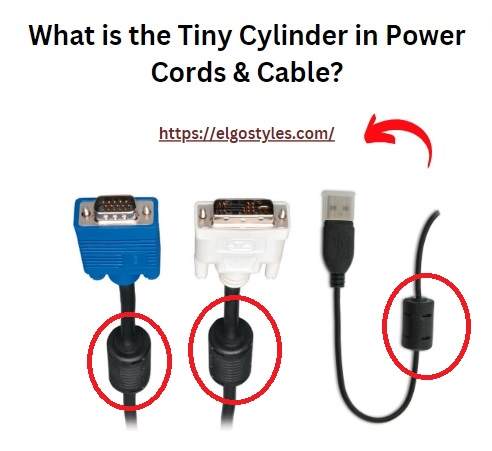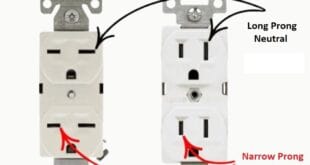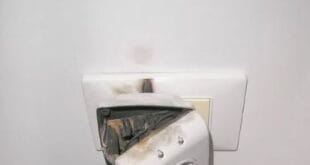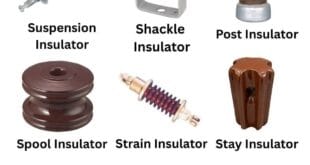
Answer:
The tiny cylinder in power cords and cables is a ferrite bead, designed to reduce electromagnetic interference and ensure smooth power transmission.
Reasoning:
The tiny cylinder is a ferrite bead, typically made of ferrite material, which is a type of ceramic compound. It is placed around the power cord or cable to suppress high-frequency electromagnetic interference (EMI) and radio-frequency interference (RFI). As electrical currents pass through the cable, the ferrite bead acts as a passive electronic component, attenuating unwanted noise and preventing it from affecting the performance of electronic devices. This helps maintain signal integrity, reduce potential disruptions, and ensure efficient power delivery.
FAQs:
Q: What is the purpose of the tiny cylinder in power cords?
A: It’s a ferrite bead designed to reduce electromagnetic interference.
Q: How does the ferrite bead work?
A: It suppresses high-frequency interference, ensuring smooth power transmission.
Q: Can it improve audio and video quality?
A: Yes, by minimizing electromagnetic noise for better signal integrity.
Q: Are ferrite beads necessary for all power cords?
A: They’re commonly used, especially in cables for electronic devices.
Q: Do ferrite beads affect power consumption?
A: No, they primarily target interference without impacting power flow.
Q: Can I remove the ferrite bead from my power cord?
A: It’s not recommended, as it may compromise the cable’s performance.
Q: Do all cables have the same type of ferrite bead?
A: No, designs may vary based on cable type and intended use.
Q: Are ferrite beads only found in power cords?
A: No, they are also used in various electronic cables to reduce interference.
Q: Are there alternatives to ferrite beads for EMI suppression?
A: Other methods exist, but ferrite beads are a common and effective choice.
Q: Can ferrite beads prevent damage to electronic devices?
A: While not a direct protective measure, they contribute to device longevity by minimizing interference.
 Electrical Engineering World Wiring a Brighter Tomorrow!
Electrical Engineering World Wiring a Brighter Tomorrow!


